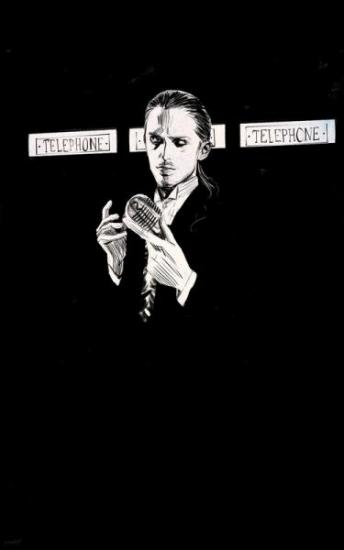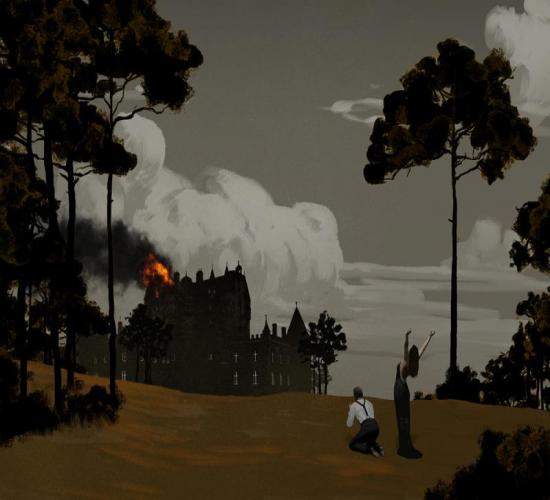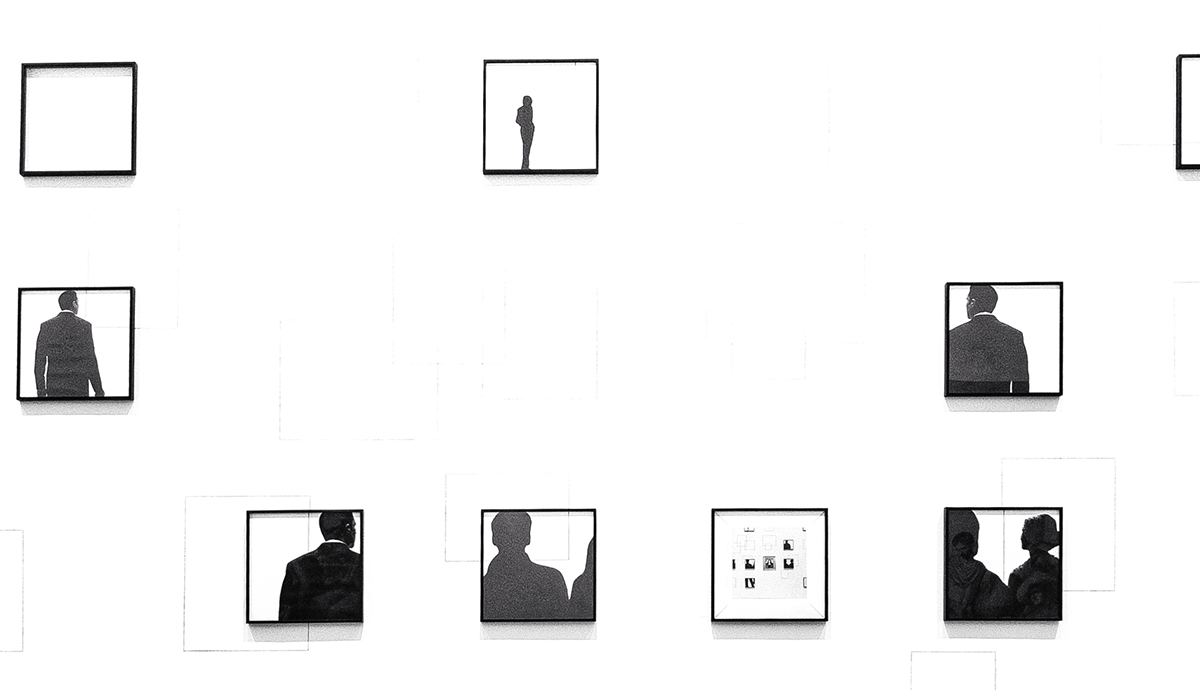Writing Your Character's B-roll

In my students’ short stories, characters often move through their world with an absurd sense of urgency. A girl and boy go on a date, fall in love, break up, and get married in a blur of successive scenes, sometimes by page three. An assassin hunts down a dozen targets and picks them off with an efficiency that would make Jason Bourne impressed. When there’s grieving to be done, characters grieve hard. This usually translates into long scenes of someone staring out the window at bare branches heavy with winter snow in the fading afternoon light, or characters so overwrought with emotions they either drink themselves into a stupor or throw up a great deal. Or both. I could write an entire essay on the "Perils of Puke as a Tool for Conveying Intense Emotion in Short Fiction." I’ll spare you. For now.
Of course, these are usually first drafts. For my students, like most writers, the beginning is a point at which the story is often still coming into focus. They are in the discovery stage, figuring out who their characters are and how they behave in their story, let alone the world. The breakneck pace at which things happen is understandably a by-product of the time constraints of the assignment and the lives they lead as college students. I like to believe that our fiction class is the only one that matters. Once they receive the assignment, they are tucked away in their dorm rooms, hunched over their laptops, typing away feverishly, channeling their muse, when in reality it’s simply that they are up late, trying to get the assignment done by the due date while also worrying about their biochem lab report and that list of irregular Spanish verbs they are supposed to memorize by the next day.
So when we get to workshop, it’s hardly a surprise that a lot of our instruction tends to focus on slowing down, allowing time to stretch out when appropriate, pushing for scenes to unfold in greater depth. I try to teach them it’s exactly at the moments where we rush in a story, in fact, that we should hit the brakes. Or as the inimitable writer Steve Almond puts it, “Slow down when it hurts.”
I teach film as well as fiction writing and I’ve started to bring in some of my lessons from film classes as a way of teaching the fiction students how to fight the urge toward rushing. I’ve noticed that the two classes have more and more in common these days, particularly given our cultural tendency toward the visual. My students often talk about their stories like a movie unfolding before their eyes, scenes cutting from one to the next, or a narrator’s observations akin to the slow pan of the camera across a landscape. Transitions to backstory are achieved forcefully with a character thinking back on a moment from the past, the literary equivalent of a blurry image sliding into the past or Wayne and Garth waving their arms wildly while “Dream Weaver” plays in the background.
In film class, we talk about the notion of the B-roll, the supplemental footage a cinematographer or director gets after the main story is shot. It’s the shots of people walking in the background or the protagonist doing their job or eating lunch. It’s part of the color of the story, but it’s not necessarily fundamental to the plot. Still, these B-roll shots allow us to see the characters and the world of the plot in a richer way. These sequences enlarge our understanding of the story.
Inevitably, and perhaps because my job is to be the thorn in my students' side, I find myself asking the annoying and weird questions about their character’s B-roll: If it’s a story about a couple living together, I ask: Who does the laundry in this relationship? Who pays the bills? What about that dog they have? Who walks him? Picks up his poop? Who walks with a warm bagful of dog poop down the street while the other person in the relationship gets to sleep in? If it’s a story about an assassin, I’ll ask: Does he ever need to go to the dentist? Does he get carpal tunnel from all that shooting? Does he see an accountant? Does he itemize? Does he go shopping? Does he buy organic? And if it’s a story about college students, I naturally ask: Do they ever go to class? Do they ever have to listen to a droning teacher go on about B-roll while their mind drifts to the latest episode of Game of Thrones?
This line of questioning, of course, is similar to many of the character worksheets students often fill out before they begin their story. Such worksheets ask for information that may never make it into the plot, but help the students gain a more thorough understanding of their character. How tall is your character? Eye color? What is their favorite food? Least favorite? What is your characters fondest memory? They are a way of diving into character and building a complete picture in the writers’ minds. In his collection of essays called The Half-Known World, the writer Robert Boswell argues that students may be better off asking questions that don’t necessarily define the characters, but instead open up opportunities for more exploration. Questions like “What did your character forget this morning?” or “What stupid thing kept her awake last night?”
In my mind, Boswell is alluding to a character’s B-roll. These moments may not explain the character in a discrete, tangible ways, but they often open up the writer to the unexpected about their character. What’s more, I would argue that there’s often plot and story gold in the B-roll of your character’s life. You’re not just showing us more or learning more—you are, of course—but you’re also letting your characters live their life. It’s in that moment of letting your character go to renew their license at the DMV or wait for the bus in the rain or forget their phone at home that a new thread emerges that can run in tandem with the plot thread that generated the story. Time and time again, as students try out the notion of exploring their B-roll, they discover a whole new angle in the story, one with a different kind of urgency that helps both propel the plot forward, but also distract attention away from the story’s big plot engine. A couple is fighting, but one of them must first call the exterminator because ants have invaded their house. The assassin wakes up the day of a mission only to discover there’s no milk in the house so she or he has to go to the 7-Eleven down the street to buy some for cereal. Suddenly, the world of the story starts to breathe in a way it hadn’t before. And all it takes is for the writer to turn his or her attention—in this case, turn their camera lens—to the moments that come between the plot points and action scenes, those moments when the scene has ended and the actors are just milling about, but the director says to the cinematographer, “Don’t stop. Keep filming.”
Recommended
Nor’easter
Post-Op Appointment With My Father
Cedar Valley Youth Poet Laureate | Fall 2024 Workshop






